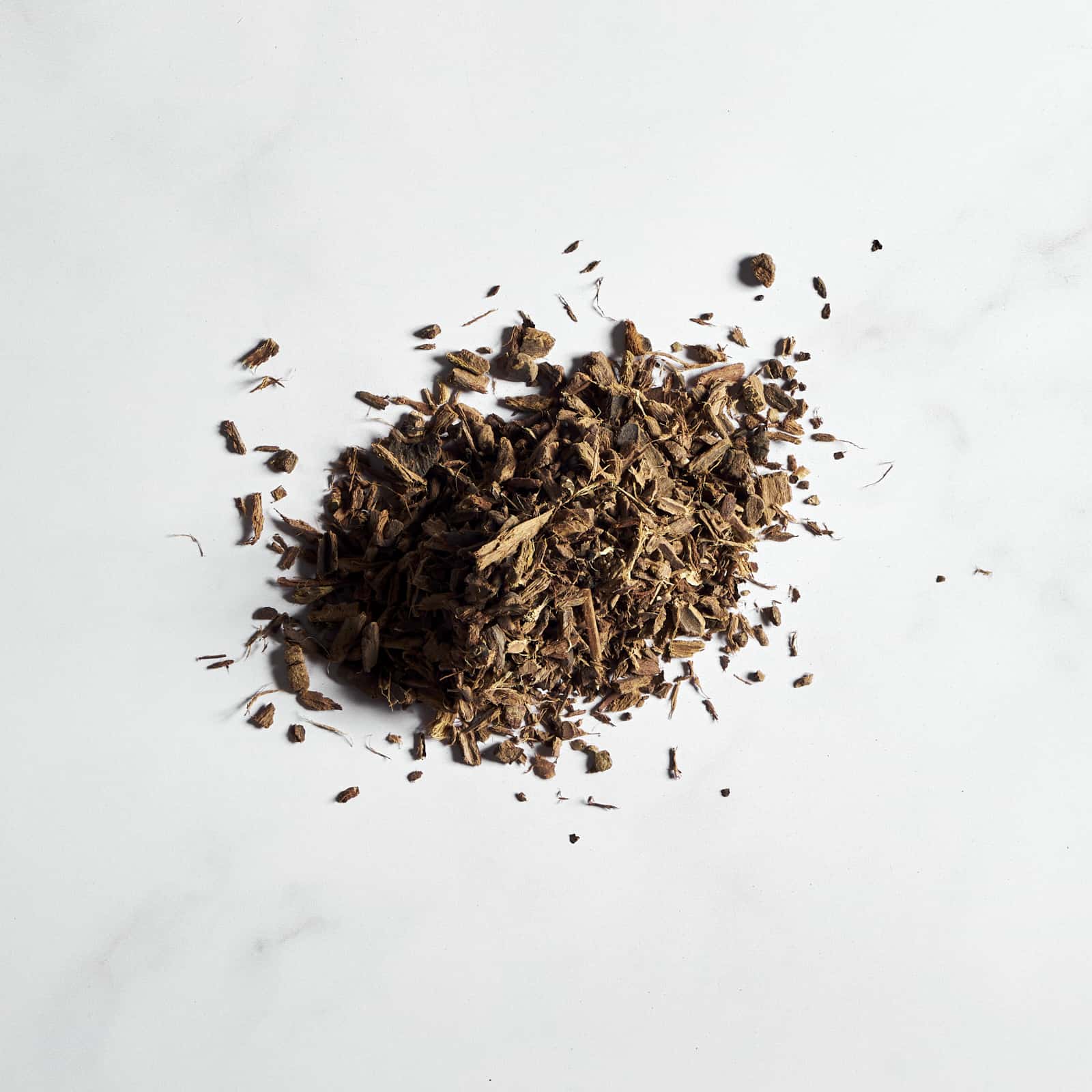Bayberry Root {Myrica}

Bayberry bark is astringent and a stimulant, and as such is valuable in debilitated conditions of the mucous membranes.
History and Description This plant is found in dry woods, or in open fields, from Canada to Florida. The bark of the root is the preferred part.
Family Myriaceae
Parts used Root bark
Associated Systems
Cardiovascular system, Digestive System, Musculoskeletal System
Indications:
Internal:
Profuse mucous discahrge with poor circulation, Stomatitis with halitosis, Ulcers, Foul stools, Stimulates digestion when taken before meals
External:
Bleeding gums, Sore throat (gargle), Muco-leukorrhea (vaginal douche)
Associated Actions:
Cardiovascular Circulatory Stimulant, Digestive Antispasmodic, Digestive Astringent, Musculoskeletal Circulatory Stimulant
Constituents:
.Flavonoids: myricitrin
. Tannins
. Terpenoids
. Gum, resin, starch
Cautions: Pregnancy and lactation
Warnings & Interactions: {Safety Chart}
These monographs are not intended to diagnose, treat, cure, or prevent any disease or illness. It is always advisable to consult with your trusted Herbalist or healthcare professional prior to use. Click here to book your appointment.
References:
. https://www.henriettes-herb.com/eclectic/kings/myrica.html
. *King’s American Dispensatory, 1898, was written by Harvey Wickes Felter, M.D., and John Uri Lloyd, Phr. M., Ph. D.
. Find a complete list of references for this monograph and a review of its evidence based applications in “Naturopathic Botanical Medicine” by Dr. Anthony Godfrey, and Paul Richard Saunders with Kerry Barlow, Cindy Gilbert, Mathew Gowan and Fraser Smith.
. Teachings by John Redden
